James Clerk Maxwell was a Scottish scientist in the field of mathematical physics. His most notable achievement was to formulate the classical theory of electromagnetic radiation, bringing together for the first time electricity, magnetism, and light as different manifestations of the same phenomenon. Take a look below for 30 more fascinating facts about James Clark Maxwell.
1. Maxwell’s equations for electromagnetism have been called the “second great unification in physics” after the first one realized by Isaac Newton.
2. With the publication of “A Dynamical Theory of the Electromagnetic Field” in 1865, Maxwell demonstrated that electric and magnetic fields travel through space as waves moving at the speed of light.
3. Maxwell proposed that light is an undulation in the same medium that is the cause of electric and magnetic phenomena.
4. The unification of light and electrical phenomena led to the prediction of the existence of radio waves.
5. Maxwell helped develop the Maxwell-Boltzmann distribution, a statistical means of describing aspects of the kinetic theory of gases.
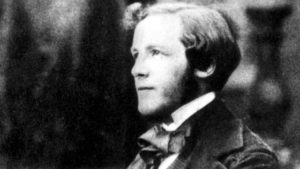
6. He is also known for presenting the first durable color photograph in 1861 and for his foundational work on analyzing the rigidity of rod-and-joint frameworks like those in many bridges.
7. His discovering helped usher in the era of modern physics, laying the foundation for such fields as special relativity and quantum mechanics.
8. Many physicists regard Maxwell as the 19th century scientist having the greatest influence on 20th century physics.
9. His contributions to the sciences are considered by many to be of the same magnitude as those of Isaac Newton and Albert Einstein.
10. In the millennium poll, a survey of the 100 most prominent physicists, Maxwell was voted the third greatest physicist of all time, behind only Newton and Einstein.
11. Maxwell was born on June 13, 1831, in Edinburgh, Scotland. He was the only child of an aristocratic family.
12. In his early years, he was homeschooled in the classics by his mother and in November, 1841, at the age of 10, he entered Edinburgh Academy.
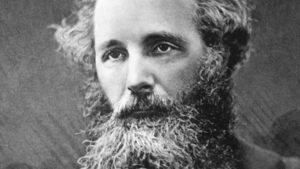
13. When he was 13 years old, he won the Mathematics Medal and the first prize in both English and poetry.
14. When he was 14 years old, he wrote a scientific paper on using a piece of twine to draw mathematical curves and the properties of ellipses, Cartesian ovals and related curves of more than two foci.
15. He wrote two foundational papers, Oval Curves and Rolling Curves, for the Transactions of the Royal Society of Edinburgh, but was considered too young to present them himself.
16. In 1847, he entered the University of Edinburgh and his experiments with polarized light led to his discovery of photoelasticity as a means of determining the stress distribution in physical objects.
17. In October, 1850, he entered Cambridge University and received his degree in mathematics in 1854.
18. In 1855, he presented his paper, Experiments on Color, to the Royal Society in which he proved that white light is a mixture and described the principles of color combination.
19. On October 10, 1855, he was made a fellow at Trinity College and was asked to lecture on hydrostatics and optics.
20. In February, 1856, he applied for and received the Chair of Natural Philosophy at Marischal College, Aberdeen.
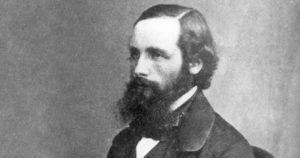
21. In 1857, he received the Adams Prize on his paper “On the stability of the motion of Saturn‘s rings” which proved that they were neither liquid nor solid, but were composed of small particles in orbit.
22. In the 1980s, the Voyager confirmed Maxwell’s hypothesis with a direct fly-by of Saturn.
23. In 1860, he accepted the Chair of Natural Philosophy at King’s College, London, though a serious case of smallpox delayed his arrival by a few months.
24. In 1860, he was awarded the Rumford Medal by the Royal Society for his work on color and, in 1861, was elected to the Society.
25. In 1861, he published “On physical lines of force” which described electromagnetic induction and magnetic flux.
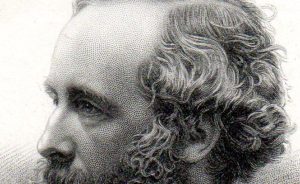
26. In 1871, he became the first Cavendish Professor of Physics at Cambridge and supervised the development of the Cavendish Laboratory.
27. He married Katherine Mary Dewar in 1858. His wife, the daughter of a college principal, helped him in his experiments.
28. The couple had no children, and they were very devoted towards each other.
29. He became sick with abdominal cancer and died on November 5, 1879, at the age of 48. A few years earlier, his mother had died of the same disease at the same age.
30. A mountain range on Venus, Maxwell Montes, is named in his honor as is the Maxwell Gap in the Rings of Saturn.

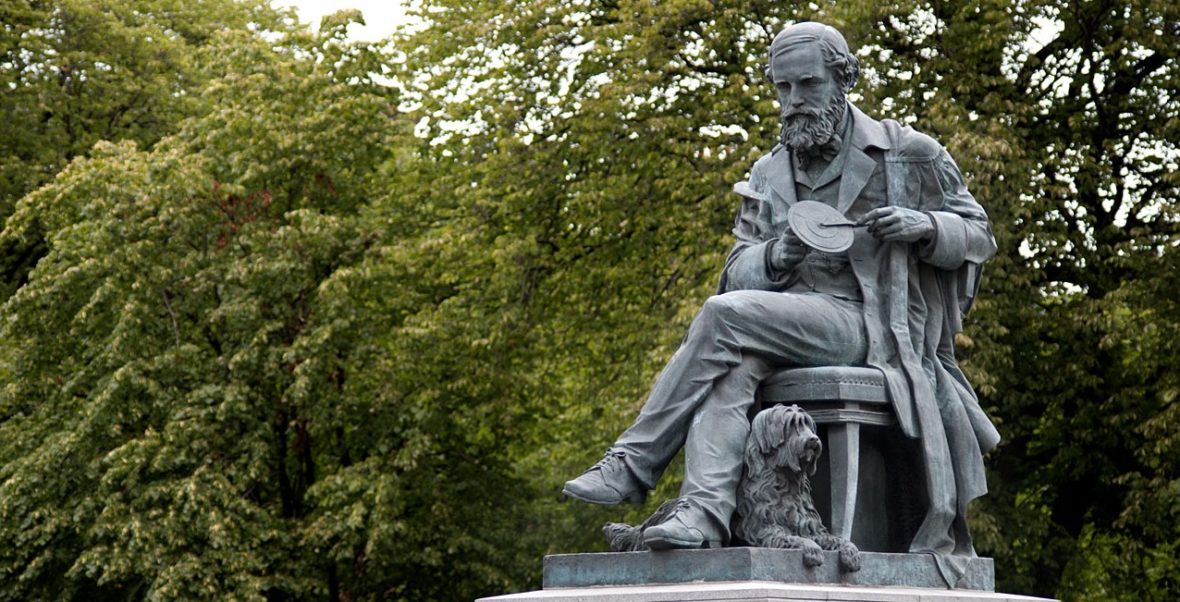
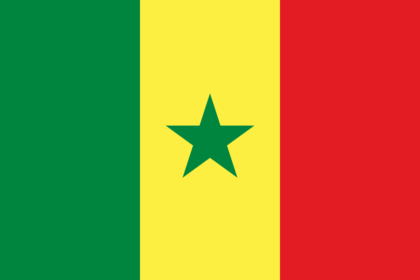

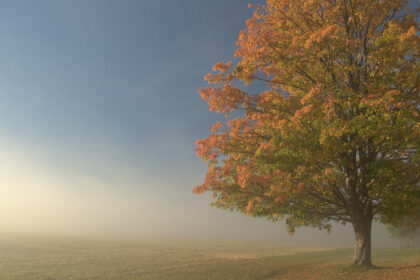
One Comment
Pingback:
July 19, 2018 at 1:22 pm